

Monthly periods come with a fair share of discomforts like abdominal cramps, mood swings and tiredness. Some women experience severe symptoms like nausea, vomiting, severe pain, headaches and depression, among others. One in three women cannot perform daily tasks due to periods.1
But here is the good news: You can totally reduce the symptoms by switching to some healthy habits!
Diet, exercise and sleep are the three major factors that affect menstrual symptoms.2,3
The following habits are known to increase menstrual pains:
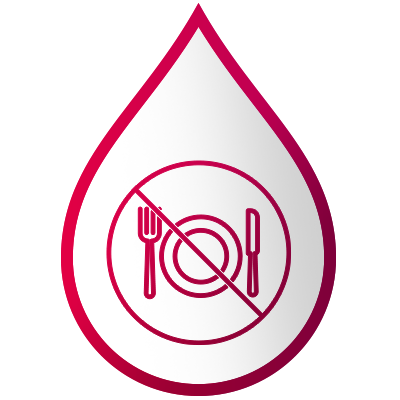
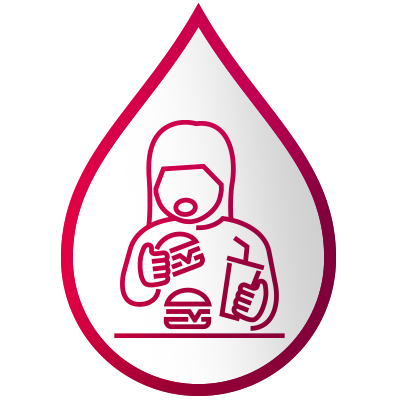
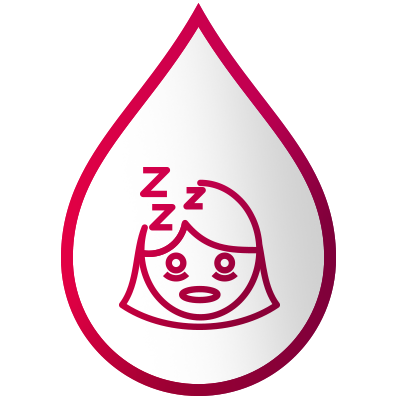
On the other hand, the following simple healthy habits can effectively prevent or reduce menstrual symptoms:
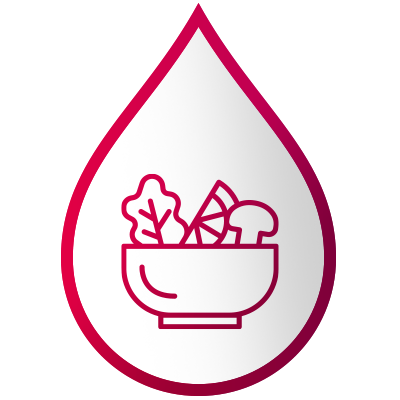
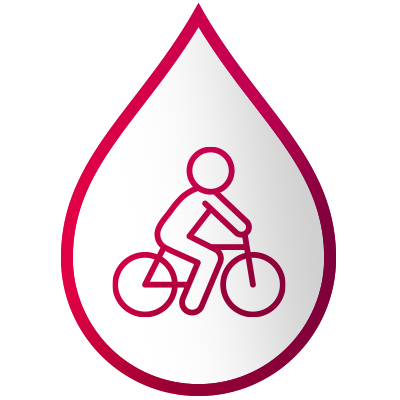

Women with heavy bleeding are more prone to iron deficiency anemia and may need iron supplementation.9 Iron supplements will also help you tackle fatigue and tiredness during periods.
Apart from these, hot water baths, massage, breathing exercises, yoga and relaxation techniques can help you relax and relieve stress. These will also help you to sleep peacefully thereby reducing pain and fatigue.
However, if the symptoms are severe and persistent, do consult your doctor. You may require painkillers or other medications.
Your period does not have to be a dull, discomforted and dreaded time of your month. Take the right steps, instill healthy habits and manage your time of the month.
Reference:
1 Schoep ME, Nieboer TE, van der Zanden M, Braat DDM, Nap AW. The impact of menstrual symptoms on everyday life: a survey among 42,879 women. Am J Obstet Gynecol. 2019;220(6):569.e1-569.e7. doi:https://doi.org/10.1016/j.ajog.2019.02.048.
2 Johnson WG, Carr-Nangle RE, Bergeron KC. Macronutrient Intake, Eating Habits, and Exercise as Moderators of Menstrual Distress in Healthy Women. Psychosom Med. 1995;57(4).
3 Negriff S, Dorn LD. Morningness/Eveningness and menstrual symptoms in adolescent females. J Psychosom Res. 2009;67(2):169-172. doi:10.1016/j.jpsychores.2009.01.011.
4 Fujiwara T. Skipping breakfast is associated with dysmenorrhea in young women in Japan. Int J Food Sci Nutr. 2003;54(6):505-509. doi:10.1080/09637480310001622369.
5 Fujiwara T. Diet during adolescence is a trigger for subsequent development of dysmenorrhea in young women. Int J Food Sci Nutr. 2007;58(6):437-444. doi:10.1080/09637480701288348.
6 Njoku UC, Amadi PU, Amadi JA. Nutritional modulation of blood pressure and vascular changes during severe menstrual cramps. J Taibah Univ Med Sci. 2020;16(1):93-101. doi:10.1016/j.jtumed.2020.10.018.
7 Armour M, Ee CC, Naidoo D, et al. Exercise for dysmenorrhoea. Cochrane database Syst Rev. 2019;9(9):CD004142-CD004142. doi:10.1002/14651858.CD004142.pub4.
8 Motahari-Tabari N, Shirvani MA, Alipour A. Comparison of the Effect of Stretching Exercises and Mefenamic Acid on the Reduction of Pain and Menstruation Characteristics in Primary Dysmenorrhea: A Randomized Clinical Trial. Oman Med J. 2017;32(1):47-53. doi:10.5001/omj.2017.09.
9 Kaewrudee S, Kietpeerakool C, Pattanittum P, Lumbiganon P. Vitamin or mineral supplements for premenstrual syndrome. Cochrane Database Syst Rev. 2018;2018(1):CD012933. doi:10.1002/14651858.CD012933.



